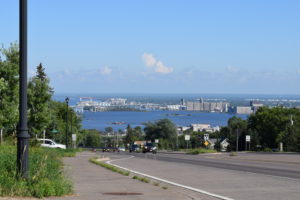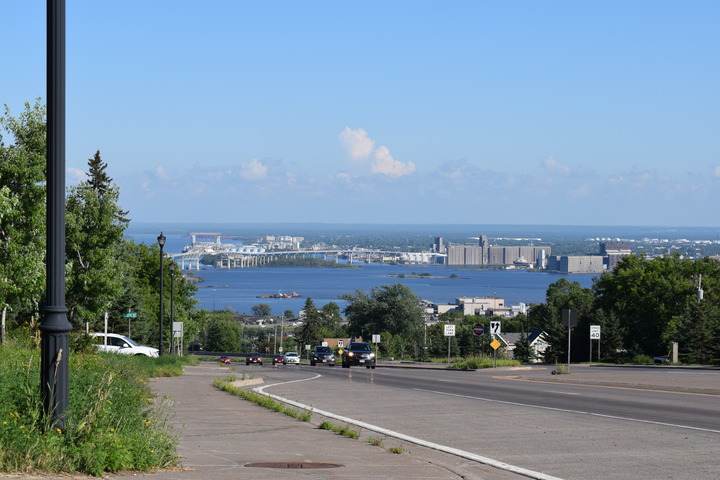A pinnacle point in the world’s largest freshwater lake, the Duluth harbor is also home to one of the largest shipping ports in the Midwest.
Duluth is quite literally a city on a hill as prior to modern civilization, the area was carved out by glacial formations and Lake Superior.
Old time
The land was originally settled upon by the Sioux and Ojibwe tribes and was so until French fur traders discovered the area in the 1600s. The tribes had disputed which of them had control of the land.
Then, traders realized the area was teeming with animals which bore desirable furs, so they attempted to make peace between the two tribes to also secure trapping and trading rights.
The peacekeeping movement was lead by Frenchman Daniel Greysolon, Sieur du Lhut, the Duluth Greater Downtown Council reported.
“Du Lhut,” pronounced Duluth, is where the name of the city comes from.
1800s

In the late 1800s, Duluth was home to the only port with access to both the Atlantic and Pacific Oceans.
The port, along with the addition of the railroad, became a larger source of lumber, iron ore and wheat.
DGDC reported that the city was on track to become the largest city in the Midwest in 1869 — one of the fastest growing cities following the American Civil War. However, growth of the city halted after a stock market crash in 1873.
Modern shipping
The modern port in Duluth harbor is located just under 2,350 miles away from the Atlantic Ocean, and is the westernmost tip of Lake Superior.
The port handles an average of 38 million short tons of cargo every year, with main outbound cargo supplies consisting of iron, coal and grain. Main inbound cargo consists of limestone, cement and salt.
An average of 1,000 lake-faring vessels visit the port every year.
‘Sota Pop is a semi-regularly occurring series by Spectrum Staff member Casey McCarty. It features notable places and things throughout Minnesota.
